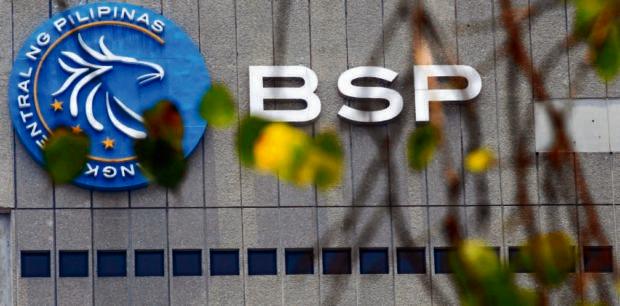Price caps on rice seen giving BSP room to pause rate hikes
MANILA -The imposition of price caps on milled rice points to a continued pause on policy rate hikes, since the Bangko Sentral ng Pilipinas (BSP) will be inclined to wait and see how this will affect inflation readouts, according to HSBC Global Research.
In a report penned by economist Aris Dacanay, the research group said the price cap imposed on rice also gives the BSP time to keep policy rates steady.
President Marcos on Aug. 31 signed Executive Order No. 39, which pegs the price of a kilo of regular milled rice at P41 and of well-milled rice at P45.
READ: Bongbong Marcos orders price caps for rice at P41 to P45 per kilo
Dacanay observed that EO 39 came out after the price of the staple grain spiked from P40 to P53 per kilo, in time with a 20-percent jump seen in the global benchmark prices.
Export restrictions
He said the price spike was a result of India announcing its restrictions on all varieties of rice exports while the price caps will likely keep headline inflation in September “subdued.”
“Nonetheless, we flag the risk that the [inflation] figure in September may be underestimated,” Dacanay said. “The Philippine Statistics Authority may not be able to account for noncompliant retailers that are selling rice at a price above the price cap(s).”
Thus, HSBC Global Research expects the BSP to keep its policy rate unchanged at 6.25 percent when the Monetary Board meets on Sept. 21.
READ: BSP tipped to keep rate at 6.25%
However, the group penciled in another 0.25-percentage-point hike in the fourth quarter to bring the benchmark rate to 6.5 percent, considering a recent surge in global rice prices.
“But flag that the hike will be inter-policy dependent— the BSP will unlikely hike the policy rate, if the planned tariff reduction on rice is sufficient,” Dacanay said.
A petition is pending at the Tariff Commission for a temporary reduction of import tariffs on rice from 35 percent to zero or 10 percent at most. INQ
